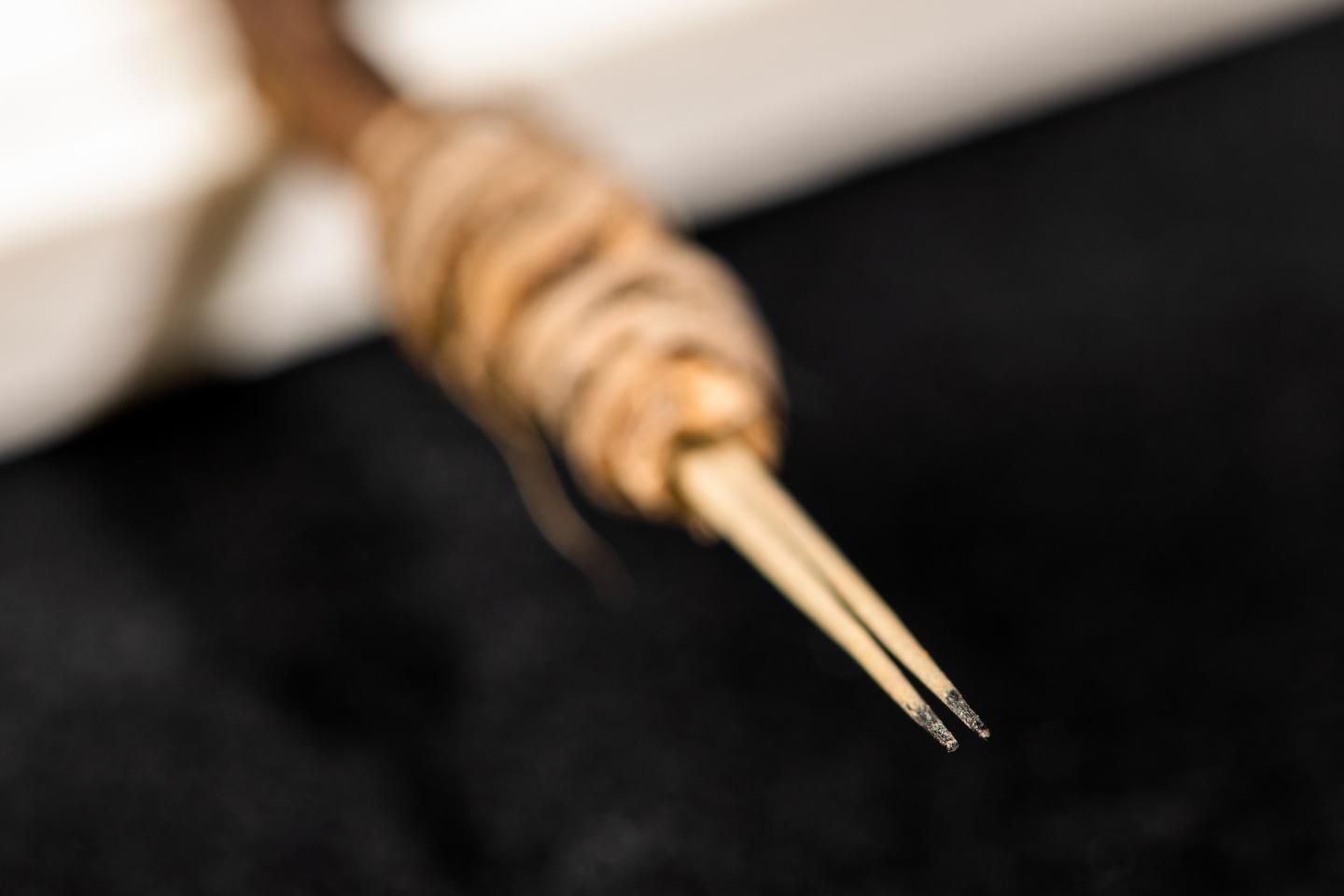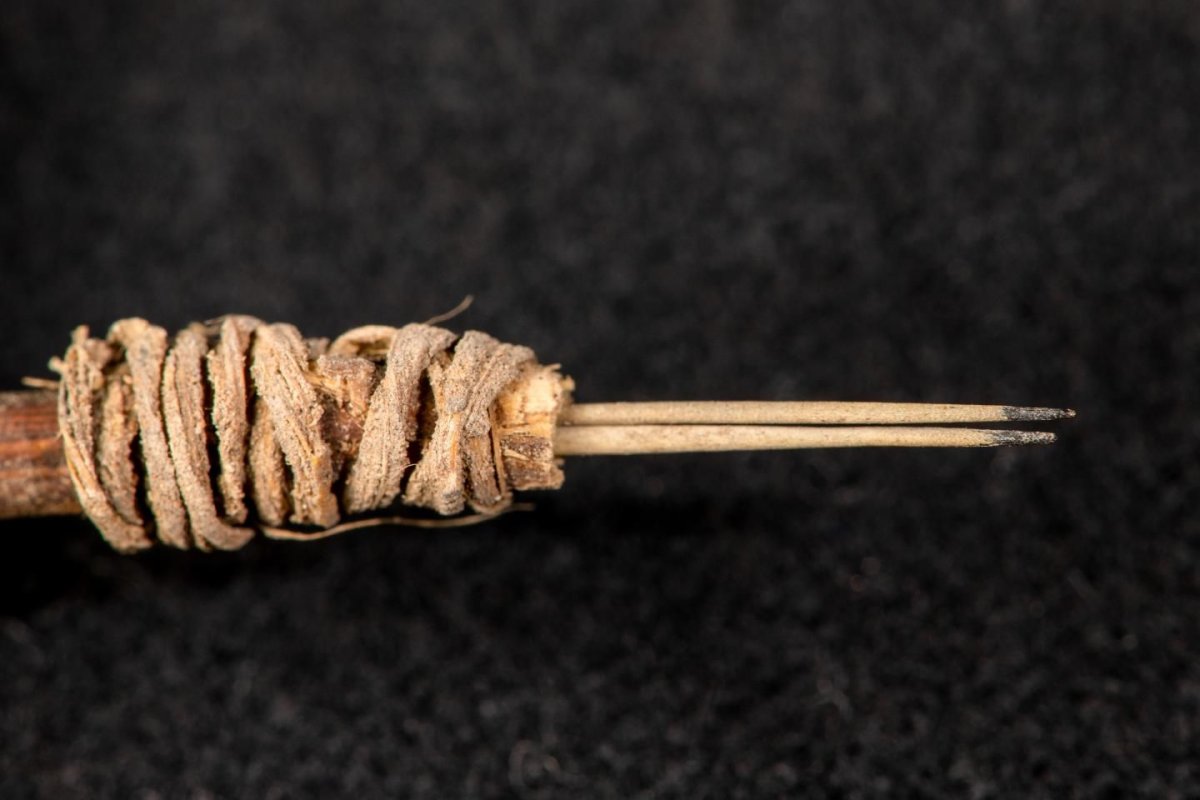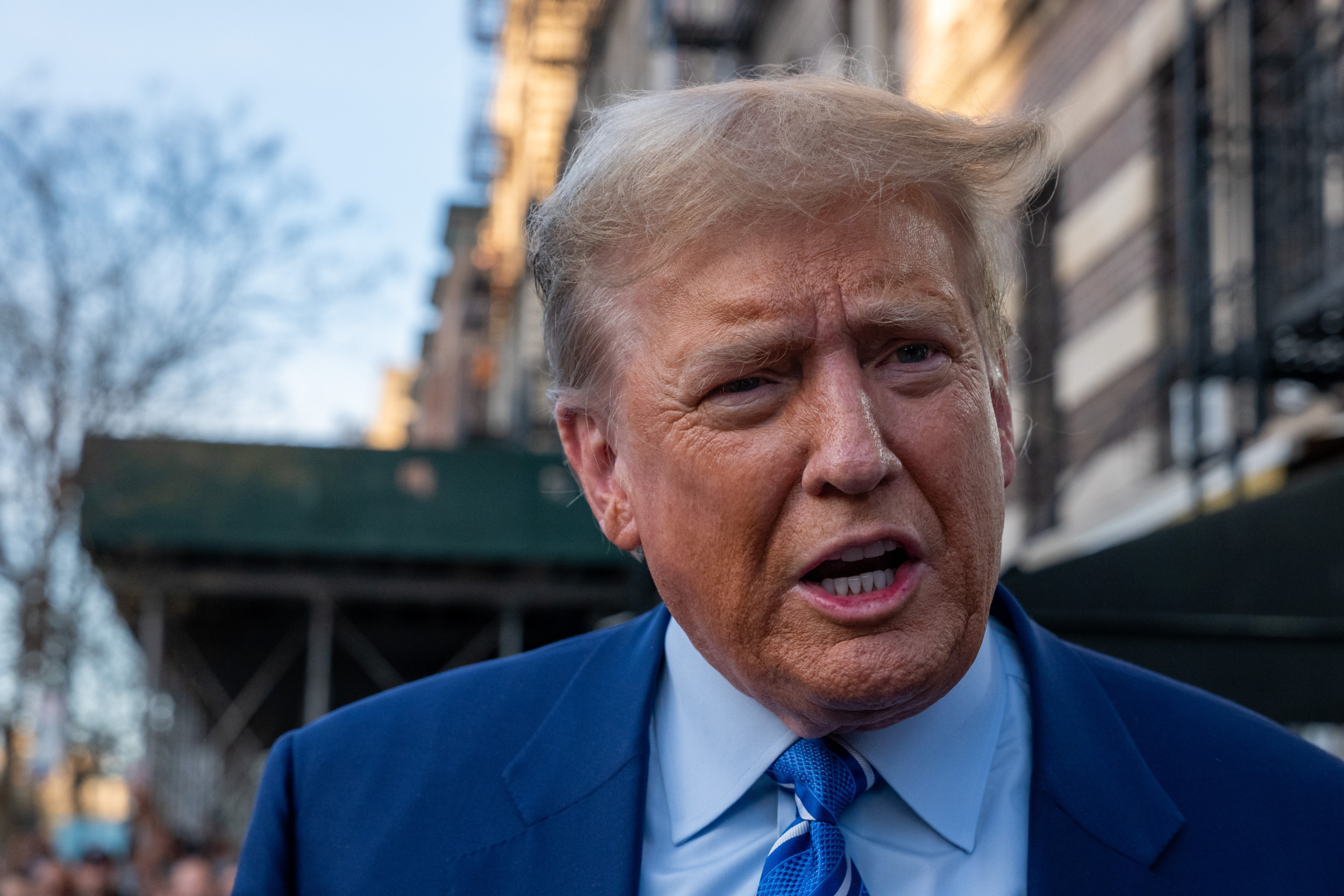
A 2,000-year-old tattooing tool has been discovered in Utah—the oldest artifact of its kind found in the the Western U.S., predating the second oldest by a millennium.
The pen-sized tattooing tool was found by chance by Andrew Gillreath-Brown, a PhD Candidate in the Department of Anthropology at Washington State University. He was carrying out an inventory of archaeological material that had been collecting dust for over 40 years. The collection was excavated in 1972 from the Greater Bears Ears Landscape in southeastern Utah and includes ancient specimens such as hair, paleofeces, bone, charcoal and maize cobs.
While organizing the collection, he noticed a bag with an unusual artifact. It had a wooden handle with plant material wrapped around it and two very small spines attached to the end. "When I noticed that the ends were stained black, I got really excited as my mind immediately thought of tattooing," he told Newsweek.
Gillreath-Brown and his colleagues then studied the tool. Their findings, which have now been published in the Journal of Archaeological Science: Reports, conclude that it is an early tattooing tool.
The handle of the tool was made from a skunkbush and the needle was created from two prickly pear cactus spines. These pieces were held together with strips of yucca leaf.
Researchers analyzed the tips using an electron microscope, X-ray and spectroscopy, while Gillreath-Brown also created a replica tool and used it to perform tattoo tests on pig skin. Findings showed the pigment on the needles contained carbon, which is commonly used in tattooing. He said the ink was probably made from carbon generated by fire.
Explaining how the tool would have been used, he added: "I think it would have hurt some. [Unlike modern tattooing] it would have required repeated poking… Prickly pear cactus spines are actually very efficient compared to other cacti for puncturing (shown in a recent study). It also helps that the tattooing would have stayed within two to three millimeters of the outer skin, as if it goes much deeper the pain does increase."
Before this tool was discovered, the oldest tattooing needle found in western North America was an artifact from Aztec Ruins in New Mexico that dates to between 1100 and 1280 A.D. This was made of four cactus spines and the handle was made from reed. The newly discovered tool dates to between 500 B.C. and 500 A.D.
Tattooing is an artform found in cultures worldwide. How, when and why it began is unclear—but there is evidence of its practice going back at least 5,000 years. The earliest known tattoos were found on Otzi the Iceman—a prehistoric hunter gatherer who was found preserved in a glacier in 1991. Otzi, who died around 3300 B.C., was found to have 61 tattoos, consisting of 19 groups of black lines.
Understanding the cultural practice of tattooing among early inhabitants of southwestern U.S. is particularly difficult as there are no preserved human remains to study, and no written accounts. As a result, the discovery of this tool provides an insight into these ancient people living in Utah 2,000 years ago.

"It has a great significance for understanding how people managed relationships and how status may have been marked on people in the past during a time when population densities were increasing in the Southwest," Gillreath-Brown said. "Tattoos are a permanent marker that individuals would carry with them anywhere they went. This makes it very different from other body decoration and ornamental practices.

Speculating, he said the practice of tattooing probably started at least a few generations before this tool was created, maybe during the Basketmaker II period, which began around 1,500 B.C.
"It is important to discover timing and occurrences of prehistoric tattooing—i.e. identifying the oldest occurrences of tattoos—because it allows us to understand the reasons behind body modification, and how that has changed over time," Gillreath-Brown said. "This research also sheds light onto the tattoo tools, and the significance of Indigenous traditions that were historically suppressed following European arrival to North America.

Uncommon Knowledge
Newsweek is committed to challenging conventional wisdom and finding connections in the search for common ground.
Newsweek is committed to challenging conventional wisdom and finding connections in the search for common ground.
About the writer
Hannah Osborne is Nesweek's Science Editor, based in London, UK. Hannah joined Newsweek in 2017 from IBTimes UK. She is ... Read more
To read how Newsweek uses AI as a newsroom tool, Click here.








